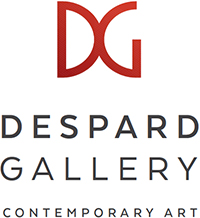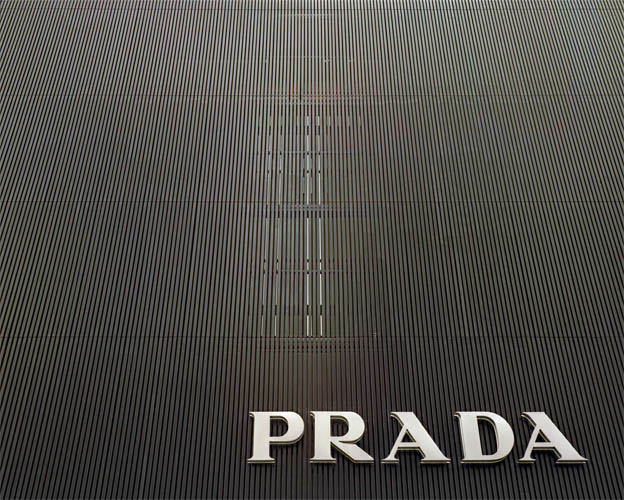Things are looking up
You have a cold. Fortunately you have come cold tablets, but they are not enough. You also need a packet with instructions about how many to take, and how often. Same with people. When you meet a stranger, it helps to identify some item of adornment, like a designer label or its absence, that informs you what kind of world they belong to, and so how you can talk to them.
But if we step back and try to picture the world as a whole, what kind of orienting device can we find? More than 600 years ago, a Neapolitan mariner invented a means of navigating a path no matter where you might be in the globe. According to legend, Flavio Gioja designed a glass box in which was balanced a magnetised needle over the direction north, signified by a Fleur-de-Lis. Gioja chose this symbol because it was the royal emblem of his patron, the king of Sicily Charles D’Anjou. The Fleur-del-Lis had been associated with the Bourbons since the 5th century, when the Virgin Mary gave King Clovis a lily at his baptism. Regardless of their own personal fortunes through European history, the Bourbon logo was destined to ‘rule’ the world.
Maps provided a blueprint for the Renaissance exploration of the New World. For the first time, and ever after, the European maps of exploration oriented the planet consistently to the north. The prime instrument for this alignment was the compass rose, crowned by the Fleur-de-Lis, always pointing to the imperial centre. As the world’s first global brand, the Fleur-de-Lis spread exponentially to all corners of the earth.
Even Australia. The Fleur-de-Lis found its way to the British antipodes thanks to the Boy Scout Movement. In his 1907 Brownsea camp for boys, Sir Baden-Powell chose the Fleur-de-Lis as the symbol to signify those who succeeded in ‘reaching the evidence’, thus demonstrating their capacity to survive in the peripheries of empire. At that time, the British dominions desperately needed the right stock of young men with disciplined bodies and minds that were firmly oriented to the colonial centre. For Baden-Powell, the Fleur-de-Lis became the emblem of the scout because ‘it points in the right direction (and upwards)’.
So now the work of colonisation is done, where is the Fleur-de-Lis? The toggled scouts tramping through the bush have been superseded by backpackers and tourists, following circuits of global consumption. The French lily re-emerges now in European brands, such as the YLS of Yves Saint Laurent and the banded eagle of Giorgio Armani. These brands are hallmarks of taste and retain the aspirations of globalists within the circuit of the established market.
With this story of the Fleur-de-Lis, we can see a kind of Da Vinci code for global capital. Perhaps it goes a bit far. This conspiracy does underestimate the power of individuals to find their own way in the world. So how can be prise the label apart from the world? I believe that this is where the Branded series by Simon Cuthbert plays such a powerful role.
With Cuthbert’s photographs, we see the designer label return to the original scene of world-making, when Flavio Gioja first set the world up for colonisation. Cuthbert’s images of architectural edifices demonstrate how our world emanates from the brand. These logos are like seeds from which global corporations emerge, towering over us.
Following the earlier operation of the compass rose, these brands are complicit in the uplifting of the world. Cuthbert’s images dramatise the verticality of the plane on which the brand rests, accentuating their distance from the observer.
Cuthbert photographs facades in a way that alienates them from their architectural context. He witnesses a dialogue between texture and sign—the expanding grid of the façade in contradistinction to the singular device of meaning. At an almost archaic level, Cuthbert evokes the space between the thing and its name in which meaning resides. The intense gaze of his camera threatens to undermine the commodified relation between building and brand. On close inspection, we find signs of life beyond the façade.
Branded continues Cuthbert’s enduring interest in the empty spaces of contemporary life—the no-wheres of modern travel and the taxidermed scenes from the museum. His gaze is unremitting. It’s as though his quest is to remove any sign of life from the world. But in so doing, he makes a space for something new to emerge. Let’s watch this space.
Kevin Murray 2008









